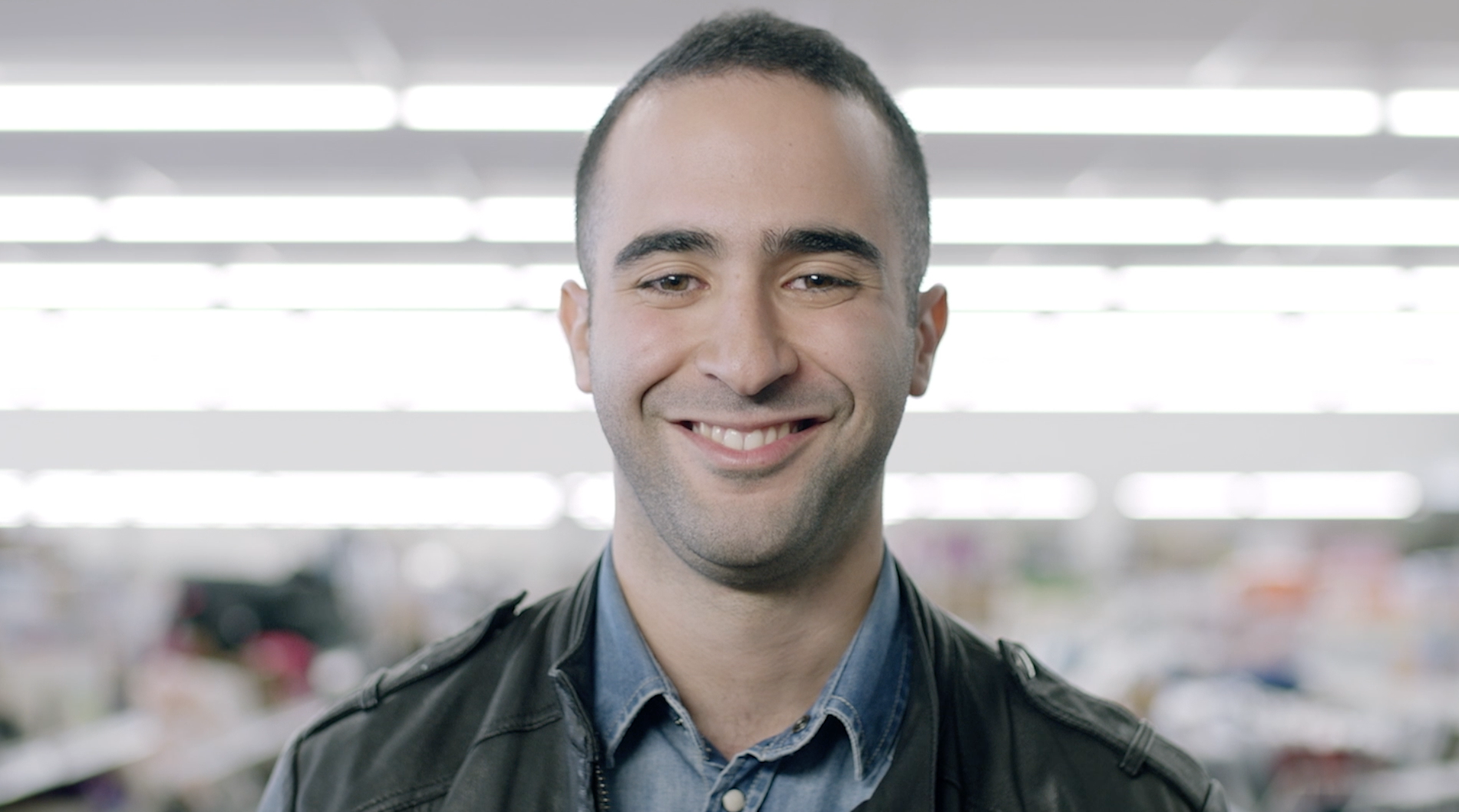FREQUENTLY ASKED QUESTIONS
What is systemic thinking?
Do you work with constellations?
What is a constellation?
What are patterns, dynamics, and undercurrents?
What do you mean by interference?
How do you measure the impact of their interventions on organisations?
How does storytelling help with organisational change?
What industries do you work with?
What makes Ben Wickham & Co. different from other consultants?
Can you work with our internal teams, or do you operate independently?
How do you incorporate creativity into the change process?
What outcomes can we expect from working with Ben Wickham & Co.?

ACTION
What is systemic thinking?
Systemic thinking, or systems thinking, is an analytical and holistic approach to understanding and solving complex problems. It views them as part of an overall system rather than isolating their components. This approach emphasises the interrelationships between the system's parts and how they influence one another as a whole.
Key principles of systemic thinking include:
Interconnectedness: Recognising that elements within a system are interconnected and that changes in one part of the system can affect the whole. This principle helps identify how different components influence one another.
Holism: Focusing on the system as a whole rather than just its individual parts. Systemic thinking encourages looking at the big picture and understanding how the components fit together and contribute to the system’s behaviour.
Feedback Loops: Understanding how actions within the system can produce outcomes that provide feedback into the system, affecting future actions. These loops can be positive (amplifying changes) or negative (dampening changes to maintain stability).
Emergence: Acknowledging that complex behaviours and properties can emerge from the interactions of simpler system components, which cannot be understood by examining the components in isolation.
Causality: Shifting from linear cause-and-effect thinking to recognise complex causality, where effects can have multiple causes and vice versa, and causes and effects can be distant in time and space.
Patterns: Looking for behaviour patterns over time rather than focusing only on static snapshots. This helps to predict future behaviours based on past trends.
Systems Dynamics: Understanding how systems change over time and identifying leverage points where small changes can significantly impact the system’s behaviour.
Systemic thinking is applicable across various fields, including ecology, economics, psychology, and organisational management. It offers a framework for addressing complex, multidimensional problems by understanding the system’s structure and dynamics.
What is a constellation?
A constellation can be understood as a method used to visually represent the relationships and dynamics within an organisation. This practice involves placing individuals or objects in a physical space to symbolise different members of the company, team, or project. In German, the original language of systemic work, the words means to ‘set up’ the system, which is so much more accurate and appealing that ‘constellation.’ :)
Constellations aim to uncover hidden patterns and underlying issues that may affect the organisation's performance, culture, or outcomes. By visually representing the system through the physical placement of representatives, potential sources of challenges such as conflicts, lack of alignment, power dynamics, communication breakdowns, or inefficiencies can be identified and addressed.
Through constellations, leaders and teams can gain insights into the systemic relationships and dynamics at play within the organisation. By observing how representatives interact and move within the constellation, leaders can identify the root causes of issues and work towards resolving them, ultimately promoting better understanding, alignment, and effectiveness within the corporate environment.
Implementing corporate constellations to explore systemic dynamics provides valuable insights and facilitates positive organisational changes, leading to improved collaboration, decision-making, and overall organisational performance.
What are patterns, dynamics and undercurrents?
Undercurrents in a corporate setting refer to the unseen forces that drive behaviour within the organisation. These might include the unspoken norms, values, beliefs, and emotions that pervade the workplace. Just as in families, these undercurrents are often not immediately apparent but significantly influence how people interact, make decisions, and approach their work.
Patterns in organisations can be thought of as the recurrent behaviours, relationships, and decision-making processes that become established over time. These might include hierarchical patterns of communication, patterns of conflict resolution, or patterns in leadership and authority. Patterns often emerge from the organisation's history, past successes and failures, and the collective experiences of its members.
Dynamics involve the interplay between different elements within the organisation, such as between individuals, teams, and departments. Dynamics can be influenced by power distributions, roles, and responsibilities, and the alignment (or misalignment) between the organisation's stated goals and the actual behaviours and attitudes of its members.
What do you mean by interference?
Interference is the collective impact of patterns, dynamic and undercurrents on an organisations, and on individuals. It is based on the work of Tim Gallwey a tennis coach who wrote The Inner Game. He coined the equation, performance = Potential - Interference. That interference was not the quality of the court, racket or shows, it as the interference that welled up inside the athletes. Our organisations are as sleep, lean and cost efficient as they can be. The only play left where significance impact can be made is in reducing interference.
How do you measure the impact of their interventions on organisations?
We assess impact through a combination of qualitative and quantitative metrics, including employee engagement levels, alignment with strategic objectives, and observable changes in behaviors and decision-making processes. We tailor our evaluation methods to align with your organization’s specific goals and desired outcomes
How does storytelling help with organisational change?
Storytelling connects people to your strategy by capturing its purpose and priorities. A well-crafted narrative inspires action, builds alignment, and gives teams the confidence to turn strategic vision into meaningful, everyday action.
What industries do you work with?
We partner with organizations across various sectors, including corporate, government, and non-profit. Our approach is adaptable to diverse industries, focusing on aligning strategy, culture, and performance to drive real-world results.
What makes Ben Wickham & Co. different from other consultants?
Our unique blend of creativity and systems thinking sets us apart. We don’t just develop strategies; we bring them to life by embedding them into your organization’s culture and systems, ensuring they drive real-world impact.
Can you work with our internal teams, or do you operate independently?
We collaborate closely with your internal teams to ensure our interventions are aligned with your organisation’s context and needs. This partnership approach facilitates knowledge transfer, capacity building, and sustainable change.
How do you incorporate creativity into the change process?
We combine creativity with systems thinking to develop innovative solutions tailored to your organization’s unique challenges. This involves crafting compelling narratives, designing engaging experiences, and creating tangible tools that make your strategy visible and actionable within your culture and systems.
What outcomes can we expect from working with Ben Wickham & Co.?
Expect a strategy that is visible, actionable, and alive within your organization. Outcomes include enhanced alignment, increased engagement, improved decision-making, and a culture that embodies your strategic objectives. Boom. 🚀

